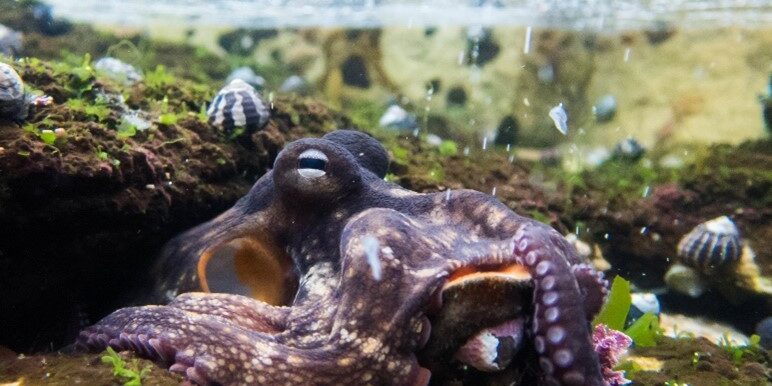Beneath the waves off the coast of Australia, two remarkable “cities” have been discovered—Octopolis and Octlantis—built not by humans, but by octopuses. These cephalopods have gathered in dense neighborhoods, crafting clusters of burrows. These homes are reinforced with shells, stones, and even anthropogenic materials such as discarded metal, turning seabed clutter into structural supports. The results are communities similar to our own.
Octopolis resembles new construction. Its burrows are systematically arranged with newer materials. In contrast, Octlantis is more like a creative adaptive reuse project—a rehab effort built around a scrap of metal or another man-made object. This is similar to our repurposing of an old factory into apartments or one of our many rehab projects.
Life in these underwater metropolises is not all harmonious. Just like humans, octopuses have been observed evicting one another from dens. In this way, they take on the role of the property manager or landlord, regulating who stays and who goes. The difference, of course, is that there is no lease agreement—only a quick expulsion backed by a strong tentacle and a jet of water.
In studying Octopolis and Octlantis, marine biologists and architects alike can see fascinating parallels between nature and human-made spaces. From new builds to adaptive reuse, from sourcing to tenant disputes, these octopus-built cities remind us that the impulse to shape our environment into something more functional is universal. Whether above or below the surface, architecture is, at its core, the art of making a home.
Writer: CeCelia Boudwin
Contributor: Victoria Ellsworth







